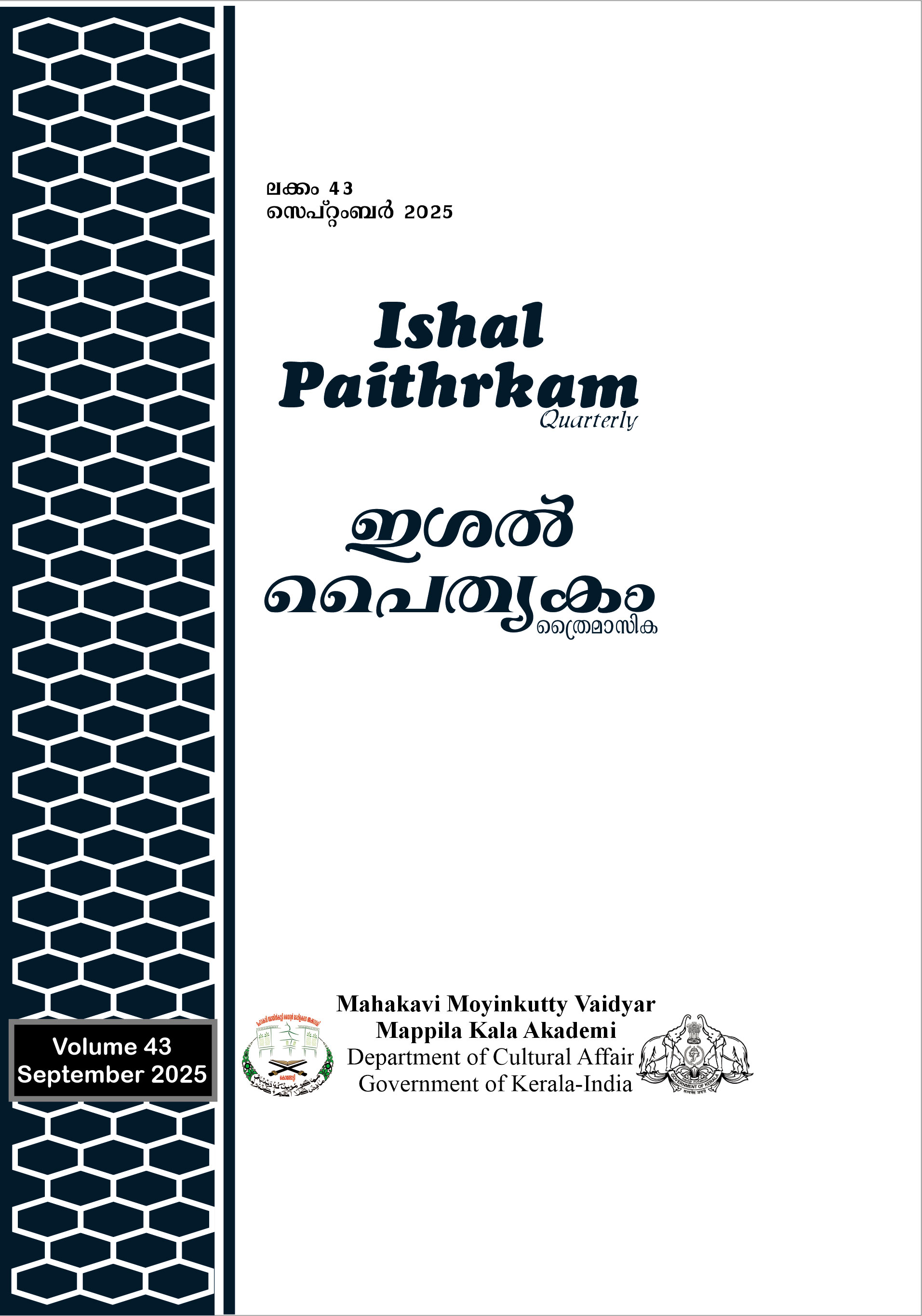Our Bodies, Their Battleground: A Study of Gender-Based Violence in Amrita Pritam’s The Skeleton
Keywords:
Gender-Based Violence, Patriarchal Dominance, Bodily Integrity, Resilience, Women’s EmpowermentAbstract
This paper focuses on patriarchal dominance embedded in the everyday life of Indian society, which becomes the root cause of the gender-based violence that took place during the Partition. In a male-dominated society, rape and other sexual violence against women are likely outcomes since they provide space for men to exhibit and preserve their authority and power over women. As such, women’s bodies become the site of violence in patriarchal displays of power. In this context, Amrita Pritam’s novel, The Skeleton (2009), is basically concerned with both (personal and collective) forms of the gendered nature of violence, loss of control and autonomy over female bodies, and violation of bodily integrity in both the public and private space before and after the Partition of the Indian subcontinent. Through the textual analysis of the novel, this paper explores the connections between patriarchy and the gendered nature of violence perpetuated against women and the complex and complementary relationship between bodily integrity and women’s empowerment, especially in the context of abduction and honour killing. It highlights the silent suffering of women who are coping with the traumas the female body endured. The act of abduction and honour killing of women is seen as an embodiment of patriarchal, and not communal or political, power play of vendetta.
Downloads
References
Allen, K. N., & Wozniak, D. F. (2010). The Language of Healing: Women’s Voices in Healing and Recovering From Domestic Violence. Social Work in Mental Health, 9(1), 37–55. https://doi.org/10.1080/15332985.2010.494540
Butalia, U. (2017). The Other Side of Silence. Penguin UK.
Chapman, J. (2014). Violence against Women in Democratic India: Let’s Talk Misogyny. Social Scientist, 42(9/10), 49–61. http://www.jstor.org/stable/24372976
Das, V. (2007). Life and Words : Violence and the Descent into the Ordinary. Berkeley, Calif. Univ. Of California Press.
DeKeseredy, W., & Schwartz, M. (2009). Dangerous Exits. Rutgers University Press.
Johnson, A. G. (1997). The Gender Knot : Unraveling Our Patriarchal Legacy. Temple University Press.
Lerner, G. (1987). The Creation of Patriarchy. Oxford University Press.
Major, A. J. (1998). The Chief Sufferers: The Abduction of Women During the Partition of the Punjab. In D.A. Low & H. Brasted (Eds.), Freedom, Trauma, Continuities: Northern India and Independence (pp. 57-71). Sage Publications.
Manto, S. H. (2011a). Colder than Ice. Mottled Dawn: Fifty Sketches and Stories of Partition (pp. 17-21). Penguin Books.
Manto, S. H. (2011b). The Return. Mottled Dawn: Fifty Sketches and Stories of Partition (pp. 8-10). Penguin Books.
Mathur, K. (2008). Body as Space, Body as Site: Bodily Integrity and Women’s Empowerment in India. Economic and Political Weekly, 43(17), 54–63. http://www.jstor.org/stable/40277391
Mitchell, J. (1971). Woman’s Estate. Penguin.
Pankhurst, D. (2008). Post-War Backlash Violence against Women: What Can Masculinity Explain?, In Pankhurst.D., (Ed.), Gendered Peace: Women’s Struggles for Post-War Justice and Reconciliation, Routledge.
Pritam, A. (2009). The Skeleton and Other Stories. Tara Press.
Schaefer, L. M., Howell, K. H., Schwartz, L. E., Bottomley, J. S., & Crossnine, C. B. (2018). A Concurrent Examination Of Protective Factors Associated With Resilience And Posttraumatic Growth Following Childhood Victimization. Child Abuse & Neglect, 85, 17–27. https://doi.org/10.1016/j.chiabu.2018.08.019
Sidhwa, B. (1988). Ice-Candy-Man. Penguin Books.
Stewart, F. H. (1994). Honor. University Of Chicago Press.s
Veblen, T. (2009). Theory of the Leisure Class. (Martha Banta, Ed.). Oxford University Press.
Walby, S. (1990). Theorizing Patriarchy. Blackwell.
Downloads
Published
Issue
Section
License
Copyright (c) 2025 ISHAL PAITHRKAM

This work is licensed under a Creative Commons Attribution-NoDerivatives 4.0 International License.

